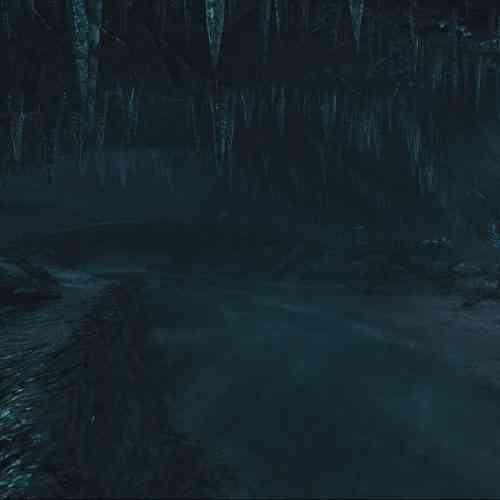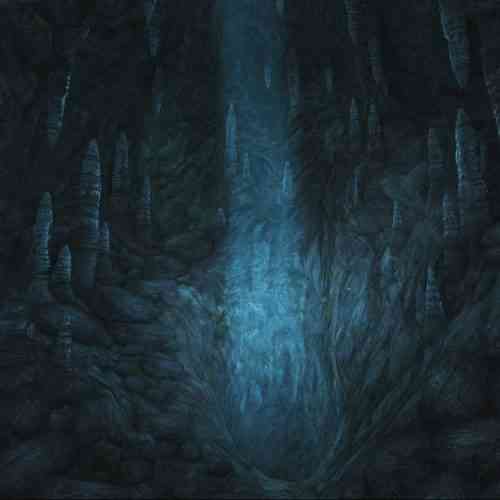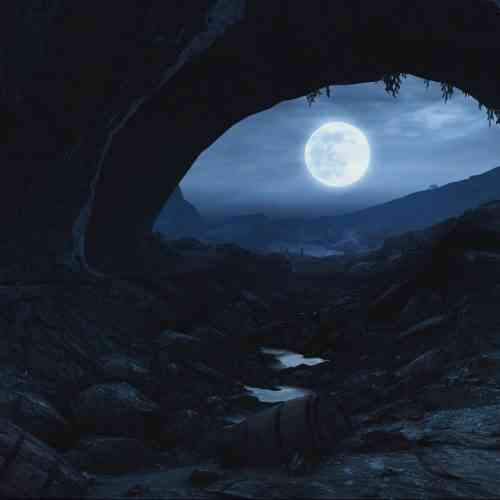Dear Esther: Landmark Edition Review
Let me begin by prefacing the fact that this is my first exposure to Dear Esther, despite the game being available to PC gamers in some form or another since 2008. This new release, Dear Esther: Landmark Edition, with updated visuals and developer commentary, could very well be the first exposure for many console gamers. So given that fact, there will be very little discussion on the themes and story behind Dear Esther, which is the entire backbone of the experience.
Let’s talk about the reality of Dear Esther. This is, for all intents and purposes, one of the most discussed titles when it comes to the meaning of “video game”. While that discussion may have sparked with games like Dear Esther, it really hasn’t been agreed upon and continues to be a point of contention for games like Gone Home or Everybody’s Gone to the Rapture (also by The Chinese Room). These experiences in their very nature challenge what the meaning of a ‘game’ is, and provide an alternative experience by which to engage someone in experimental new ways. While I don’t intend to be able to settle the debate around these experiences, I bring it up to highlight exactly the experience Dear Esther brings. This isn’t a platformer, adventure game or even light puzzler. There is nothing to be done other than be immersed in the visual and story elements the developer has carefully laid out.
______________________________
“So in that fact, I can’t offer any review feedback on the gameplay or controls, as this is as basic as it can get.”
Imagine Dear Esther as a living impressionist painting accompanied by the storied narration of a James Joyce or Irwin Shaw type figure. The player guides the invisible protagonist through the island he inhabits, filling in the blanks of the story through snippets of letter entries to the titular Esther. So in that fact, I can’t offer any review feedback on the gameplay or controls, as this is as basic as it can get.
What Dear Esther wholly relies on is atmosphere building. Bringing the player into the environment through the sights and sounds, which it achieves at an incredible level. The narration is impassioned and brings the right level or emotion to a story layered in nuance. Supporting the voice work is an orchestral score that understands how to employ subtlety at the right moments. Visually, the game compliments the audio elements with broad vistas and appropriately confined tunnel systems. While it was originally built off of a Half Life 2 mod, it is nice to see some upgraded visual elements for consoles.

At 90 minutes running time, Dear Esther provides enough material to feel like a fully formed short story, but doesn’t provide much motivation to return outside of the unlocked developer commentary on subsequent playthroughs. Overall, as a piece of visualized, interactive fiction, Dear Esther achieves what it sets out to do. It should come as no surprise that there is even a stage play version in development. However, purely judged on the merit of a “video game” there are some obvious faults: little replay value, no gameplay elements, etc. It comes down to the individual player to determine the value in a game of this nature.
Many reviewers in the past have attempted to put a qualitative number to review Dear Esther, but I simply can’t. As with any piece of writing, or form or art, taste is going to vary wildly. As such I can only say this: give Dear Esther a chance; it could prove to connect with you on a deep and personal level while challenging your perception on gaming as an art form. Or, you’ll find it pointless and know to avoid these interactive experiences in the future.
***A PS4 code was provided by the publisher***
The Good
- Complicated and emotional story
- Beautiful scenery
- Obvious developer passion
The Bad
- Short
- Limited interactivity





